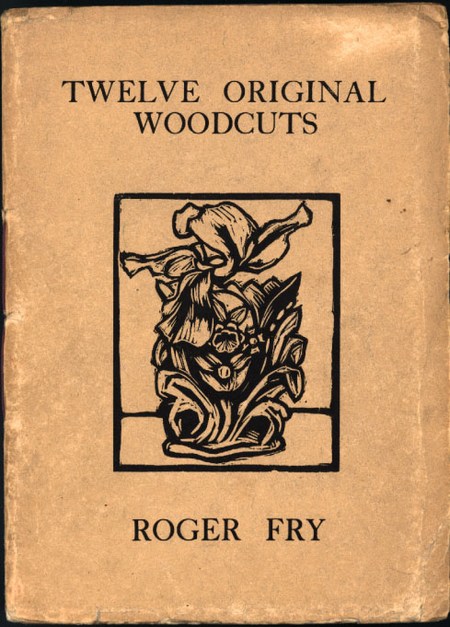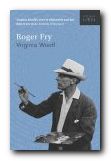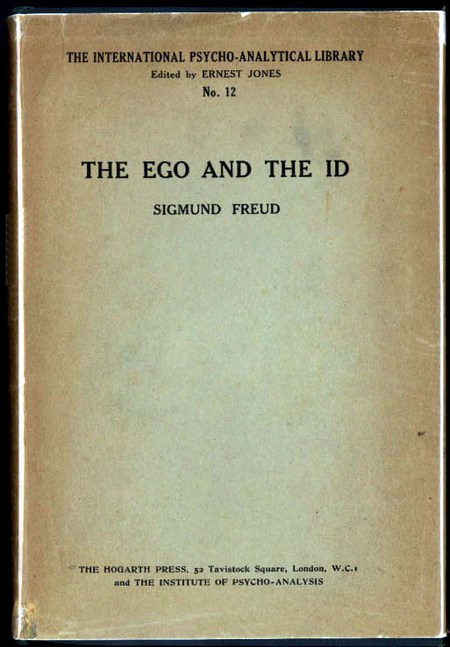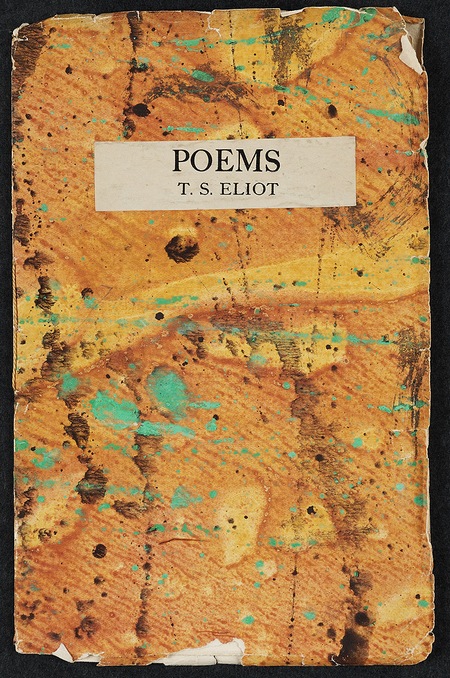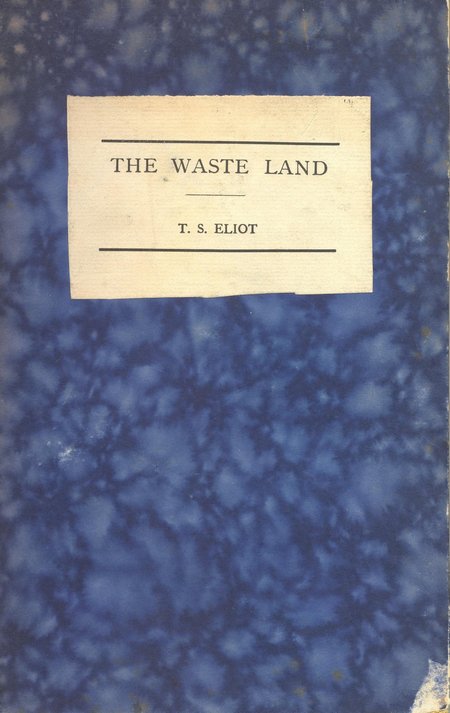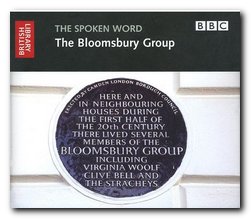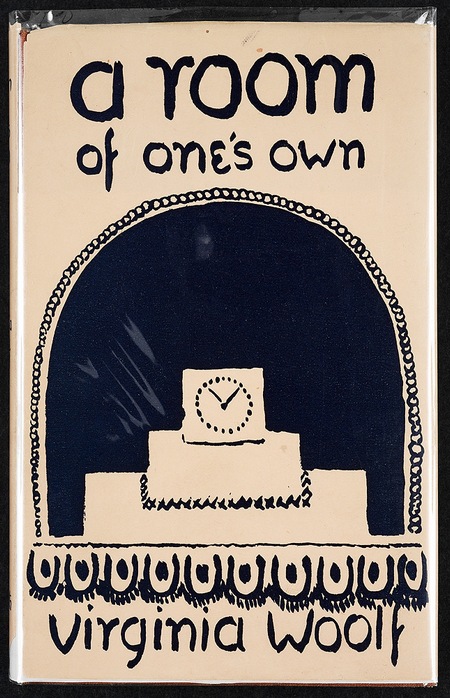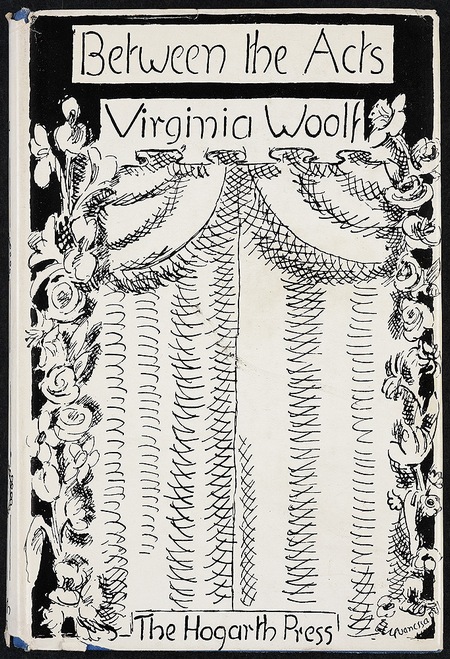Hogarth Press first edition book jacket designs
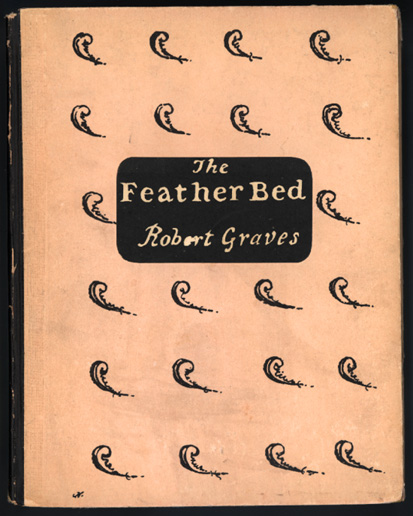
Robert Graves, The Feather Bed (1923)
Cover design by William Nicholson. Number 210 of 250 copies signed by the author.
“As the books and pamphlets on political subjects grew in number and importance, the Woolfs continued to publish more volumes of poetry, fiction, and literary criticism in 1926 than in any other areas. A significant event was the publication of another book in 1926 by Robert Graves. He published a pamphlet on poetry and brought with him Laura Riding. Graves met Laura Riding Gottschalk in 1926 after he had published his first Hogarth Press essay on modern poetry.”
J.H. Willis Jr, Leonard and Virginia Woolf as Publishers: The Hogarth Press 1917-1941
The Hogarth Press published a total of seven works by Graves, the first of which was The Feather Bed. This book consists of an “Introductory Letter” to John Crowe Ransom (his name misspelled “Ransome”) and an unconventional poem: a young man’s monologue that focussed on “internal debate about the nature of love, sexuality, and the religious calling of nuns and priests”. The book generated interest and sold quite well, though no subsequent edition of the poem was issued. The painter William Nicholson, Graves’s father-in-law, provided the cover for the book.
Elizabeth Willson Gordon, Woolf’s-head Publishing: The Highlights and New Lights of the Hogarth Press
Hogarth Press studies
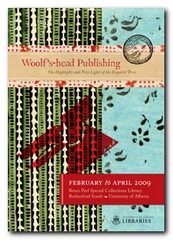 Woolf’s-head Publishing is a wonderful collection of cover designs, book jackets, and illustrations – but also a beautiful example of book production in its own right. It was produced as an exhibition catalogue and has quite rightly gone on to enjoy an independent life of its own. This book is a genuine collector’s item, and only months after its first publication it started to win awards for its design and production values. Anyone with the slightest interest in book production, graphic design, typography, or Bloomsbury will want to own a copy the minute they clap eyes on it.
Woolf’s-head Publishing is a wonderful collection of cover designs, book jackets, and illustrations – but also a beautiful example of book production in its own right. It was produced as an exhibition catalogue and has quite rightly gone on to enjoy an independent life of its own. This book is a genuine collector’s item, and only months after its first publication it started to win awards for its design and production values. Anyone with the slightest interest in book production, graphic design, typography, or Bloomsbury will want to own a copy the minute they clap eyes on it.
![]() Buy the book at Amazon UK
Buy the book at Amazon UK
![]() Buy the book at Amazon US
Buy the book at Amazon US
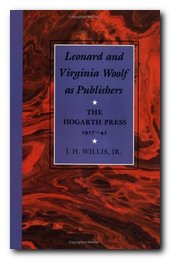 Leonard and Virginia Woolf as Publishers: Hogarth Press, 1917-41 John Willis brings the remarkable story of Leonard and Virginia Woolf’s success as publishers to life. He generates interesting thumbnail sketches of all the Hogarth Press authors, which brings both them and the books they wrote into sharp focus. He also follows the development of many of its best-selling titles, and there’s a full account of the social and cultural development of the press. This is a scholarly work with extensive footnotes, bibliographies, and suggestions for further reading – but most of all it is a very readable study in cultural history.
Leonard and Virginia Woolf as Publishers: Hogarth Press, 1917-41 John Willis brings the remarkable story of Leonard and Virginia Woolf’s success as publishers to life. He generates interesting thumbnail sketches of all the Hogarth Press authors, which brings both them and the books they wrote into sharp focus. He also follows the development of many of its best-selling titles, and there’s a full account of the social and cultural development of the press. This is a scholarly work with extensive footnotes, bibliographies, and suggestions for further reading – but most of all it is a very readable study in cultural history.
![]() Buy the book at Amazon UK
Buy the book at Amazon UK
![]() Buy the book at Amazon US
Buy the book at Amazon US
© Roy Johnson 2005
